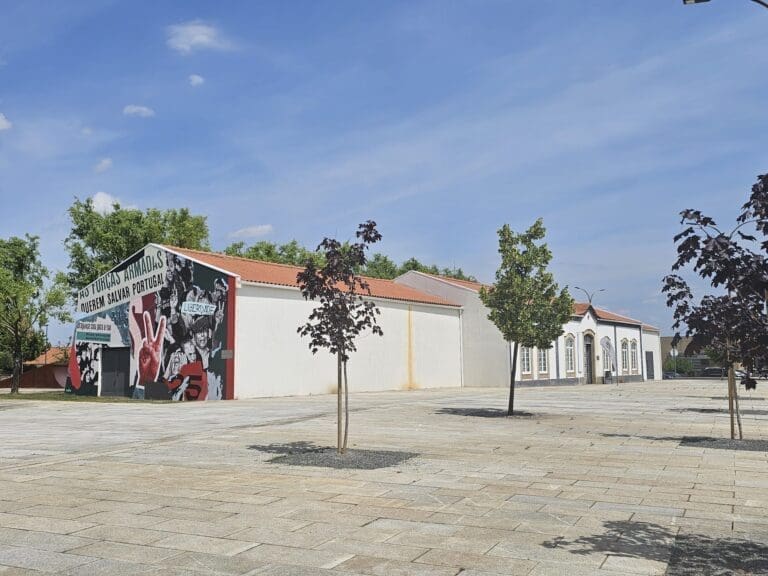Symbol of the municipality’s power, it stands in the square of São Tiago, where a church with this name once existed. It was placed close to the “Domus Municipalis”, building with which it would be in harmony, given its relationship with municipal power. It might have been at this time that a pig made of stone was embedded into it.
The monument is thus made up of two distinct pieces, two elements well separated in time: the pillory itself (a column with smooth shaft and crown) and a “berrão”, a zoomorphic sculpture in stone, generally granite, dating from the pre-Roman period, found in Portugal (namely in Trás-os-Montes and Beira Alta) popularly known as the “porca da vila” (the city sow).
This union resulted in an anachronistic but original ensemble of great symbolic value.

 Bragança, Northern Portugal
Bragança, Northern Portugal











